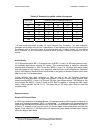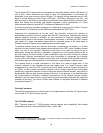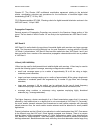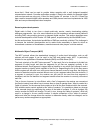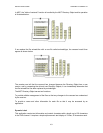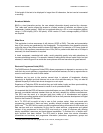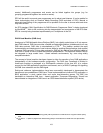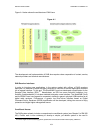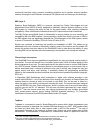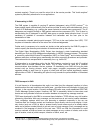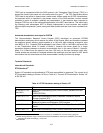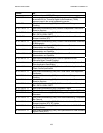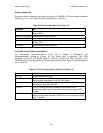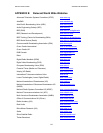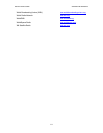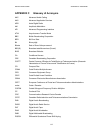
DIGITAL RADIO GUIDE APPENDIX A: EUREKA 147
105
commercial receivers using a common scrambling algorithm and a common receiver interface,
however allowing the use of different commercial CA systems such as Simulcrypt and Multicrypt.
SBR Layer II
Spectrum Band Replication (SBR) is a process, proposed by Coding Technologies and now
standardised within MPEG-4 Audio, designed to potentially improve spectrum efficiency of the
DAB system by reducing the audio bit rate for the same quality, while retaining backwards
compatibility. Some initial studies indicate that about 30% improvement could be achieved.
The EBU Project group B/AIM (Audio In Multimedia) is carrying studies on error sensitivity and
compatibility with non-SBR receivers. Some preliminary results show that the inclusion of SBR in
the DAB system does not significantly degrade the C/N performance of the DAB system, neither
in terms of Threshold of Audibility (TOA) nor Point of Failure (POF).
Studies are continued on balancing the benefits and drawbacks of SBR. The matters to be
addressed involve the increase of complexity (and thus cost) of the receiver and the related IPR
issues. No decision has been taken by the WorldDAB Forum to date about the viability of using
including SBR into the standard and recommending its incorporation into commercial receivers.
File caching in the receiver
The WorldDAB Forum has now established a specification for using an optional caching facility in
the receiver. The user will benefit from a so-called "rewind radio," which will allow listening of the
latest programme at any time. The caching device will also allow the user to use the DAB receiver
as a PVR (Personal Versatile Recorder) device for time-shifted playout of audio events (with or
without associated data). It should be pointed out the use of caching may change the way how
people access and enjoy radio listening. It potentially widens the programming possibilities
offered by the broadcaster but also introduces new technical and operational problems (copyright,
EPG, etc).
In September 2003 RadioScape which specialises in digital radio software launched a new
module called RS200L.
24
One of the features of this module is the inclusion of Rewind Radio that
enables about ten minutes of audio to be stored on chip RAM. This can be used to listen to a
news clip again or time shift by pausing and resuming the radio. The module has been designed
using the DRE200 chip from Texas Instruments, which is probably one of the world's best selling
receiver chips for the EU 147 standard. This chip has now been superseded by a new version,
DRE310,
25
that can decode more than one channel simultaneously and includes time-shifted
radio, announcement support, service linking (FM/DAB ensemble switching), TII (Transmitter
Identification Information) and MP3/Windows Media Audio CD support.
TopNews
TopNews is a commercial name for Bosch/Blaupunkt's system which allows broadcasters (and
multiplex providers) to download via a suitable DAB data channel (e.g. MOT, MSC packet mode)
the news and other audio files or other objects coded in MP3 to the receiver.
26
The user is
appropriately informed of the existence of these audio objects and could access them at their
convenience. The broadcaster is responsible for contents and needs to update the audio file
24
http://www.worlddab.org/pressreleases/RADIOSCAPE-LAUNCHES-THE-RS200L.pdf
25
http://www.worlddab.org/pressreleases/TI-uses-Radioscape-23-06-03.pdf
26
WorldDAB TC 075 available from http://www.worlddab.org/tc_presentations/2



